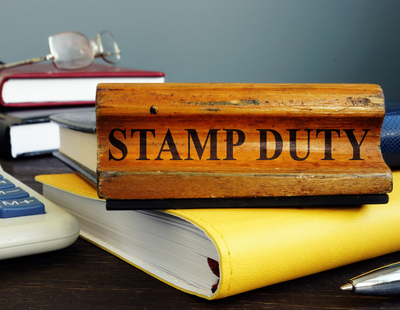Here is the latest in EAT’s endless quest for economic enlightenment, taking us ever closer to our real goal – which is, of course, to understand ‘net balances’ as in the RICS monthly report.
We hope you will find the following helpful next time the office chat turns, as surely it will, to the matter of derivatives.
Understanding Derivatives
Samantha owns a bar in Basingstoke. She realises that virtually all of her customers are unemployed alcoholics and, as such, can no longer afford to patronise her bar.
To solve this problem, she comes up with a new marketing plan that allows her customers to drink now, but pay later.
Samantha keeps track of the drinks consumed in a ledger, thereby granting the customers loans. Word gets around about Samantha’s “drink now, pay later” marketing strategy and, as a result, increasing numbers of customers flood into Samantha’s bar. Soon she has the largest sales volume for any bar in Basingstoke.
By providing her customers with freedom from immediate payment demands, Samantha gets no resistance when, at regular intervals, she substantially increases her prices for wine and beer, the most consumed beverages. Consequently, Samantha’s gross sales volume increases massively.
A young and dynamic assistant manager at the local bank recognises that these customer debts constitute valuable future assets, and he increases Samantha’s borrowing limit. He sees no reason for any undue concern, since he has the debts of the unemployed alcoholics as collateral.
At the bank’s corporate headquarters in Canary Wharf, expert traders see a way to make huge commissions, and transform these customer loans into DRINKBONDS.
These securities are then bundled and traded on international securities markets. Naive investors don’t really understand that the securities being sold to them as AAA secured bonds are in reality the debts of unemployed alcoholics.
Nevertheless, the bond prices continue to climb, and the securities soon become the hottest-selling items for some of the country’s leading brokerage houses.
One day, even though the bond prices are still climbing, a risk manager at the original local bank decides that the time has come to demand payment on the debts incurred by the drinkers at Samantha’s bar. He tells Samantha.
Samantha then demands payment from her alcoholic patrons, but being unemployed alcoholics, they cannot pay back their drinking debts. Since Samantha cannot fulfil her loan obligations, she is forced into bankruptcy. The bar closes and Samantha’s dozen employees lose their jobs.
Overnight, DRINKBOND prices drop by 90%. The collapsed bond asset value destroys the bank’s liquidity and prevents it from issuing new loans, thus freezing credit and economic activity in the community. The suppliers of Samantha’s bar had granted her generous payment extensions and had invested their firms’ pension funds in the DRINKBOND securities.
They find they are now faced both with having to write off her bad debt and with losing over 90% of the presumed value of the bonds.
Her wine supplier also claims bankruptcy, closing the doors on a family business that had traded for three generations. Her beer supplier is taken over by a foreign competitor, who immediately closes the local brewery and lays off 150 workers.
Fortunately, the bank, the brokerage houses and all their executives are bailed out by a multi-billion pound no-strings attached cash injection from their cronies in government.
The funds required for this bail-out are obtained by new taxes imposed on employed middle-class non-drinkers who have never been in Samantha’s bar.
And that’s derivatives. Simple!
[Please note: all names and places have been changed to protect the guilty. Any resemblance to real persons or events is entirely coincidental. To suggest otherwise runs the risk of a five-year investigation by the Financial Services Authority, whose report will be kept secret.]
Your handy guide to understanding derivatives
10 December 2010




















Comments
Great series of explanations, guys @ EAT!
Now - can you do one for the RICS report, please... ;0)
Cheers for that! Very good!
Now maybe my 17 yr old son will understand that explanation!
Absolutely hilarious - and spot on. You should read this, peoples.
Love it!!